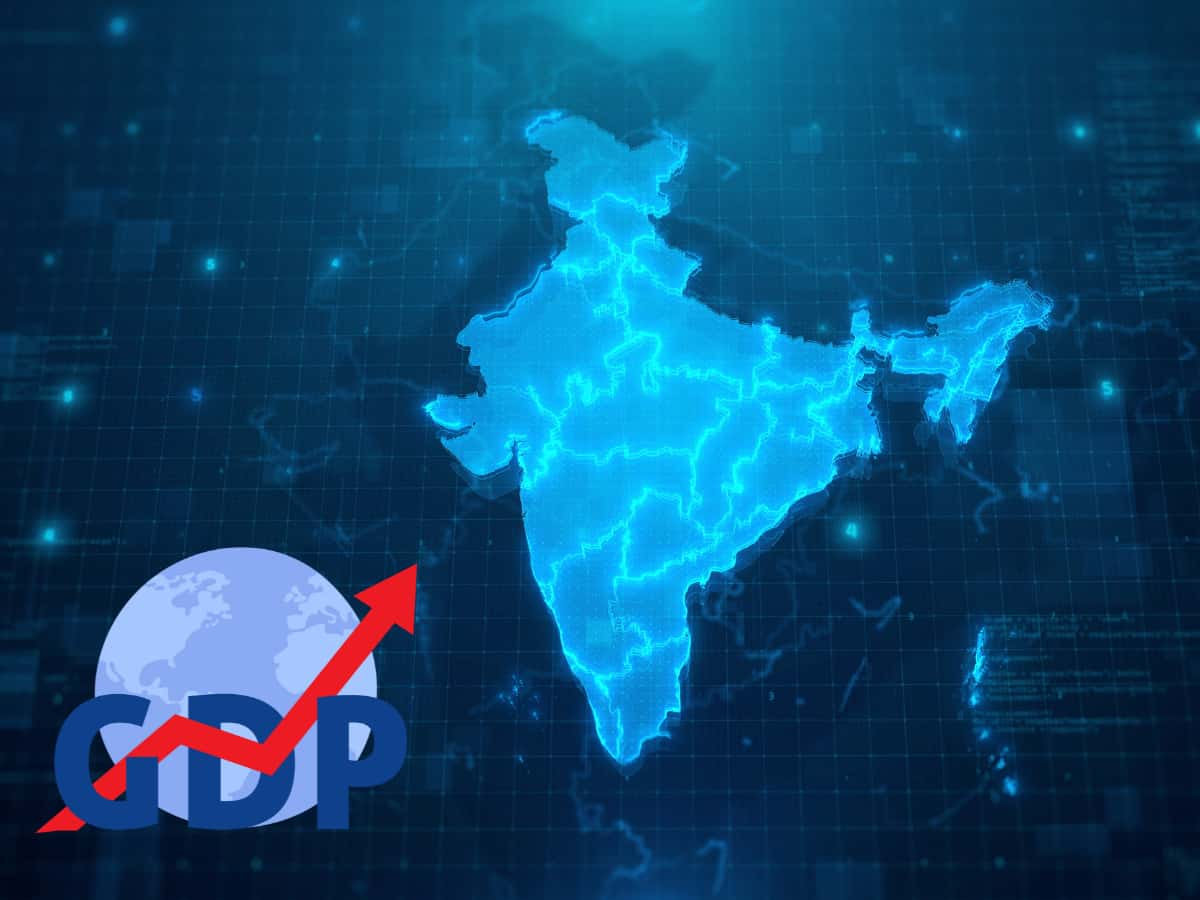Citing its “reform momentum” as one of the factors, the International Monetary Fund on Tuesday raised India’s growth projections for this and next fiscal years to 6.4 per cent as it continues as the world’s fastest-growing major economy.
Deniz Igan, a division chief in the Research Department, said one of the drivers of India’s growth was the “reform momentum supporting robust consumption growth and a push for public investment”, according to an IANS report.
Calendar-year projections place India even higher
Saying it reflects a “more benign external environment than assumed in the April”, the World Economic Outlook (WEO) Update raised projections for India for the current fiscal year by 0.2 per cent from the projections made in April and by 0.1 per cent for the next fiscal year.
Also Read:Who is Gita Gopinath, first female Chief Economist in IMF history?
In a footnote, the WEO also said that if the projections were made on a calendar year basis, India’s growth projections would be 6.7 per cent this year and 6.4 per cent for the next. (India’s fiscal year, which is the basis for the main projections in the report, starts in April. For most countries, the IMF follows the calendar year.)
Tariff rollback and easing inflation help India’s outlook
Besides the reform momentum, the reasons for the upward revision of India’s growth prospects are the suspension of higher tariff rates threatened by the US, downward revisions of inflation to 3.7 per cent this year and 4 per cent next year driven by lower food prices, Igan said at a news conference in Washington at the release of the WEO.
Despite the threats of turmoil from the tariff wars, the WEO raised the global growth outlook for the current calendar year by 0.3 per cent from the April numbers to 3.2 per cent, and by 0.1 per cent for next year to 3.2 per cent.
Also Read:IMF slaps 11 more conditions on Pakistan, flags tensions with India as big risk
The report said that the increases reflect the “stronger-than-expected front-loading [or stockpiling of imports in the US] in anticipation of higher tariffs; lower average effective US tariff rates than announced in April; an improvement in financial conditions, including due to a weaker US dollar, and fiscal expansion in some major jurisdictions”.
For China, the next fastest-growing major economy, the WEO raised the growth projection for the current calendar year by 0.8 per cent to 4.8 per cent. It is projected to fall to 4.2 per cent next year, despite a 0.2 per cent increase in projections.
Advanced economies show modest growth, global risks remain
The US growth prospects for this year rose by 0.1 per cent to 1.9 per cent, and by 0.3 per cent to 2 per cent next year. Overall, for advanced countries, the WEO raised the outlook by 0.1 per cent to 1.5 per cent this year and 1.6 per cent next year.
Also Read:Explained: What does IMF’s $2.4 billion package mean for Pakistan?
The report warned that a “rebound in effective tariff rates could lead to weaker growth” globally. “Elevated uncertainty could start weighing more heavily on activity, also as deadlines for additional tariffs expire without progress on substantial, permanent agreements,” it added.
India must focus on jobs, infrastructure, and trade reform: IMF
Igan said that for India to continue its growth trajectory, “priorities would include fostering job creation and absorbing excess labour from the agricultural sectors, by reskilling labour, by allowing more labour market flexibility”.
India should also continue to invest in infrastructure and “removing trade restrictions”, she said. “In the medium term”, she added, “India needs to continue to invest in education, take a stab at land reform, extend the social safety net, and reduce red tape to allow businesses to perform better”.
(With Inputs from IANS)




